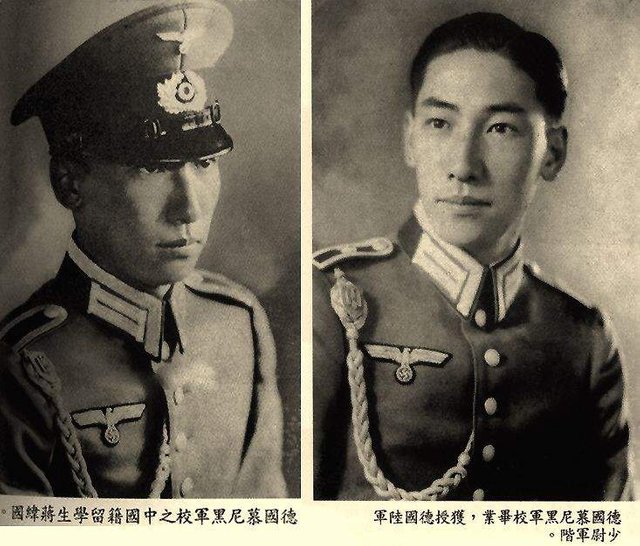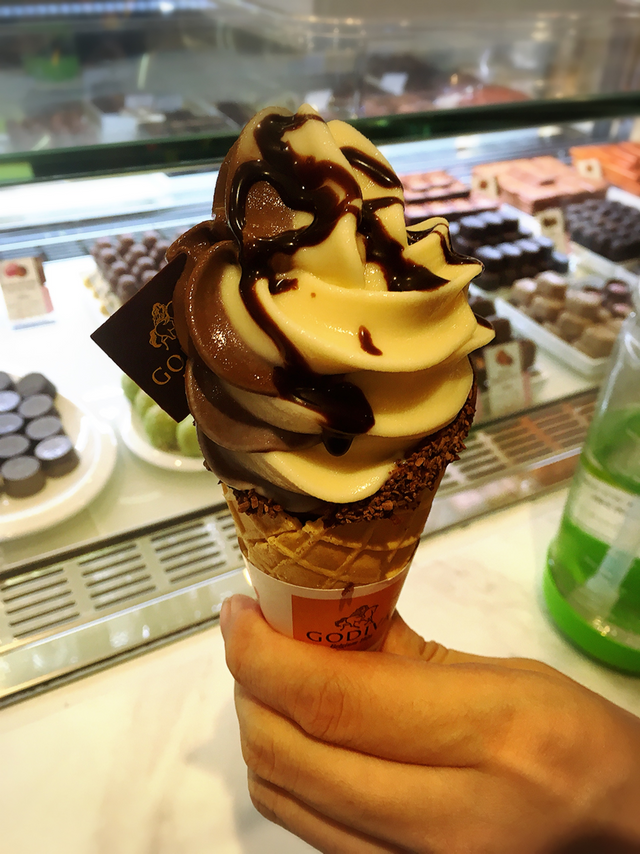In no recent formulation of Old Chinese can there be said to be a true medial *-w-. PTB, however, does have a medial *-w- || 马来西亚的年度死亡率从 2001年到 2010年都呈下跌趋势,可是在2010年开始逐渐反弹
I will now turn to medial *-w-. Included in this discussion are the Old Chinese labiovelar and labiolaryngeal initials (including initial *w- of Baxter’s system), the diphthong *ua of Li Fang-Kuei’s system, and the vowels *o and *u of Baxter’s system.
In no recent formulation of Old Chinese can there be said to be a true medial *-w-. Proto-Tibeto-Burman, however, does have a medial *-w-, which occurs primarily before the
vowel *a but also before *i and *əy.297 The purpose of this chapter is to determine the nature of the correspondences between the *w-like elements of PTB and those of OC.
Among the important questions to be discussed is the nature of the Old Chinese vowel system.
Comparison of Chinese with Written Tibetan is particularly unsuited to an investigation of this kind, since WT does not have a medial -w-. PTB *wa has usually become WT -o- (merging with *o and *aw), and PTB *-wəy has become WT -yi. Since WT -o- is of a secondary nature, and represents a merger of several PTB vowels, direct comparison of Chinese to PTB (or to TB languages which, unlike Tibetan, do preserve *-w-) is more helpful in exploring the nature of medial *-w- in Sino-Tibetan. This is the
approach that I take in this chapter.
I believe that the comparative evidence favors the reconstruction of a six-vowel
Old Chinese system that includes rounded back vowels *o and *u, as originally proposed
by Yakhontov and incorporated into the systems of Baxter, Starostin, Zhèng-Zhāng
Shàngfāng, and others. Gong Hwang-cherng (1980, 1995, 2000b) has argued that the
comparative evidence favors the four-vowel Old Chinese system of Li Fang-Kuei. In this
chapter I will review his arguments and explain the reasons underyling my conclusion.
The other conclusions arrived at in this chapter are as follows:
The comparative evidence demonstrates that one of the primary structural changes that occurred in the development from PST to Old Chinese was the loss of medial *-w-.
Comparison between Chinese and Tibeto-Burman indicates that the Proto-Sino-Tibetan
vowel system differed in significant ways from that of Old Chinese. Unlike Old Chinese,
PST contained no labiovelar initials or endings. Like PTB, it had rounded vowels and both rising and falling diphthongs, including *u, *o, *wa, and *aw. Unlike PTB, it also had a fully phonemic *ə vowel.
Vocalic developments from PST to PTB were relatively simple, the most important change being the lowering of *ə to *a, merging with original *a. Developments from PST to Chinese were more wide-ranging. The PST rounded vowels were inherited
297 Benedict (1972:49) indicates that PTB *w is found only before *a and *i, but with his revision of the diphthong *iy to *əy, *əy must be added to the list of vowels compatible with *w.
马来西亚的年度死亡率从 2001年到 2010年都呈下跌趋势,可是在2010年开始逐渐反弹
由于封城的影响,今年死亡率可能出现显著下滑;预测: 4.0% - 4.7%

Thank you for your support. Here's a !shop as token of appreciation.
你好鸭,bsfmalaysia!
@bossku给您叫了一份外卖!
夏日必备冰淇淋

吃饱了吗?跟我猜拳吧! 石头,剪刀,布~
如果您对我的服务满意,请不要吝啬您的点赞~